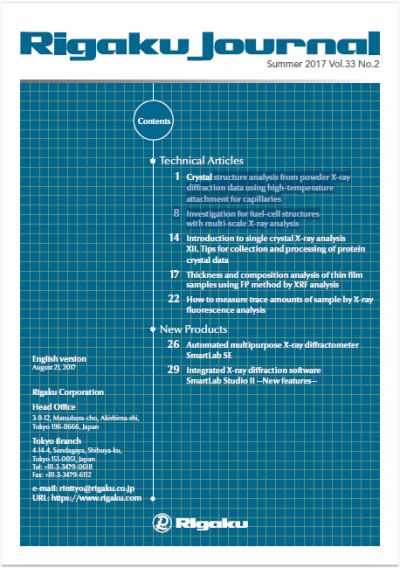Single crystal X-ray analysis of proteins involves many hurdles to be overcome, including protein expression, crystallization, data collection and phase determination. Advanced radiation facilities, innovative detector systems, laboratory systems with high-intensity X-ray sources and newly developed software have drastically expanded the range of crystals that can be analyzed. Despite such improvements, there are still some hurdles to be overcome, i.e., quality checking of protein crystals and optimization of freezing conditions. No matter how good device or software may be, crystals of poor quality cannot yield any data suitable for structural analysis. The quality of crystals can deteriorate when frozen under non-optimized conditions, due to crystallization of water contained in the crystals. Even if crystals produce diffraction spots at sufficient resolution for analysis, if any ice rings are present in the image, then the diffraction spots within the ice ring-containing regions need to be excluded, resulting in poor quality and completeness of the data. This manuscript provides some tips for collecting and processing protein crystal data for X-ray analysis.
Takashi Matsumoto

